Editor’s Note: This is a guest by Jo Sabin – Head of Community with DesignCrowd. Her opinions are her own.
It’s never been easier to jump from a being a cog in the corporate machine to starting up your own business as an independent recruitment professional.
While the war for talent is fierce, it’s never been easier to connect with top talent in any location. It’s more important than ever to differentiate yourself from other talent acquisition professionals for the next high paying gig.
I am no recruitment expert but I am a senior marketer at the graphic design marketplace, DesignCrowd, where I’ve led PR and social media initiatives since 2011 to drive brand awareness (and sales) in customer markets like Australia, the USA and UK, and acquire designer talent in multilingual markets like India and the Philippines.
Based on my experience building an international brand I want to share the marketing hacks you can apply on a shoestring budget to create a solid brand identity and start branding yourself to the world as a recruitment professional.
Ask yourself, does your current brand reflect what you do?
Think like a marketer and audit your brand. Define what your personal brand or company stands for in the market. Consider your values, your target audience, main customer segments and, of course the competition.
Just as you use channels to provide leads for your business, apply the same mindset to reflecting on your own brand presence. Review your Facebook and LinkedIn profiles, guest blogs you’ve written, or an old profile you’ve set up on an industry website.
Is your profile pic up to date, is your LinkedIn profile the best it could be? Does it highlight your amazing skills and achievements, yet also appear friendly and trustworthy? If not, consider investing in a professional business writer to fix it.
Once you’ve got the list together, create a simple survey using a free platform like Google Forms or Survey Monkey and ask your industry colleagues to provide feedback on your current personal brand. You could post the survey on Twitter or Facebook, or email a group of trusted confidants. It’s up to you.
Review the data you’ve collected to evaluate the gap between your respondent’s perception and the future brand you’re building. Once you’ve made the changes and started building your brand, send out another survey and measure the results. Hopefully you’ve made good progress closing the image gap.
Whether you want to build a professional business brand or you’ve decided to develop your personal branding, you need to start now. Building your brand will give you the confidence to get out of your comfort zone to recruit the best talent and win new business.
Get your own unique brand identity
A professional recruitment logo is one of the most important decisions you’ll make for your business. You’ll use the design everywhere: on your website, business cards; on digital or print documents, on advertisements, and any other property in the public eye. And the best part is, you don’t need to be a designer or a big budget to get a logo.
Use the data from your brand audit to mind map what your brand stands for and define the overall branding direction for strong recall in your customer’s mind.
Take time to think about the colours that resonate with you then build mood boards in Pinterest of logos and brands you like (and don’t like) to show your designers.
Now identify the logo style you want. There are three common logo styles: logomark, wordmark (also know as a lettermark) and combination.
Logomark refers to the image or symbol which represents a brand for example Apple, Adobe and Android. This version has the advantage of creative range and flexibility as it’s scaled up or down across print, digital or other touchpoints. The disadvantage is they are best suited to big brands that are already market leaders.
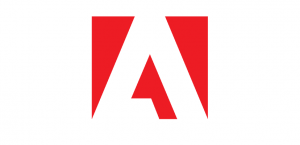 Adobe Logomark
Adobe Logomark

Android Logomark
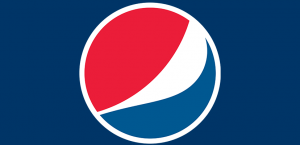
Pepsi Logomark
Wordmarks (or logotypes) is a brand name styled as a logo, and one of the most common logo requests we see on DesignCrowd. Wordmarks give the business name an immediate visual identity, so a great starting point for a new recruitment business because they tend to be a little more conservative in their look and feel.
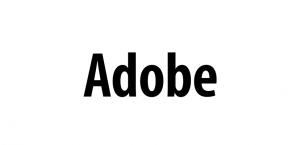 Adobe Wordmark
Adobe Wordmark
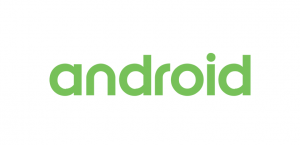
Android Wordmark
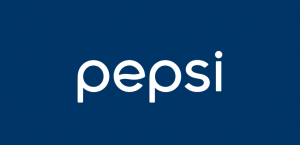
Pepsi Wordmark
The third most common logo style is the combination mark – a combination of the Logomark and Wordmark where the text and image work together to represent the brand. Designers can get super creative while ensuring the picture is associated with the business name. The integrated combination mark offers greater flexibility for scale and medium creating a cleaner look and feel.
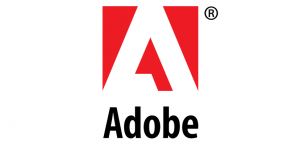
Adobe Combination Mark

Android Combination Mark
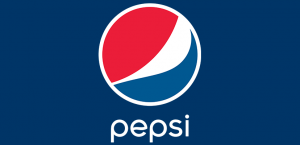
Pepsi Combination Mark
Where should I get my logo from?
For solopreneurs and small businesses, there are three main paths to get a logo: agency, online freelancers and design marketplaces or online logo makers.
In a nutshell, working with graphic designers via freelance marketplaces is a fraction of the cost of hiring a traditional agency. If you’re a small business or a 1-person show, the traditional agency model doesn’t offer a lot of value for your time or budget. Agencies often operate with high overheads making them an expensive option. Agencies provide limited logo options and the process is slow. After you’ve invested time and money in the process, you don’t want to be stuck with a logo you don’t love.
Crowdsourcing a custom logo design from a community of professional designers is faster, cheaper and more creative. You post your design brief on a site like DesignCrowd and in a few days you’ll have a custom logo you can start using. You’ll get a variety of logo ideas, lots of choice, free revisions and a professional result – a unique logo design you can trademark and use everywhere.
You could also consider a high quality logo maker like BrandCrowd, that uses AI technology to generate a recruitment logo from a design library. Logo makers can create designs within minutes that you can download and use that day. There’s no back and forth with designers to manage revisions.
Another big advantage of logo makers is you see the logo before you buy. You don’t have to commit to payment if you don’t find a logo you like. Using a logo maker makes you the designer. If you have a design eye with keen attention to detail, a logo maker gives you total control. Logo makers are cheaper than logo design agencies, and excellent if you’ve got a tight budget.
Avoid ‘free’ logo makers with clipart libraries as they will generate low quality logos that will damage your brand. If you want to trademark your logo, make sure the logo maker you choose allows you to do this and can provide a license that grants full copyright.
Recruitment logo design trends reflect current visual trends in branding. Look out for line art, minimalist design, hand drawn text, monochrome (black and white) logos and negative space.
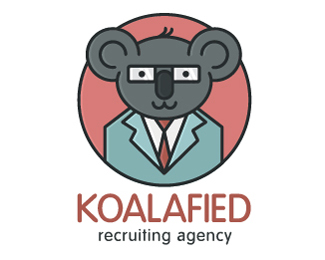
(source:BrandCrowd, designer is Imbirr)
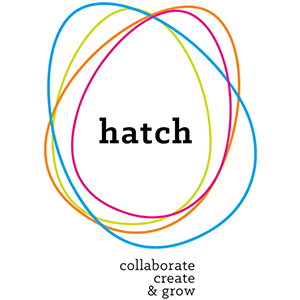
Line art logo for co-working space by Amal Ma’Ani
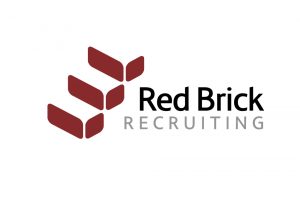
Red brick recruitment logo by nigel-b
Start your own blog
This is one of the best ways to build your professional brand and be a thought leader in your industry.
It’s free and you do what you want. Blogging gives you the chance to show off your knowledge and professional interests. It also generates fantastic content for social media channels. Your experience provides you with a unique perspective that job seekers and hiring companies value. You can also offer guest post opportunities to your industry and generate guest blogging opportunities in turn.
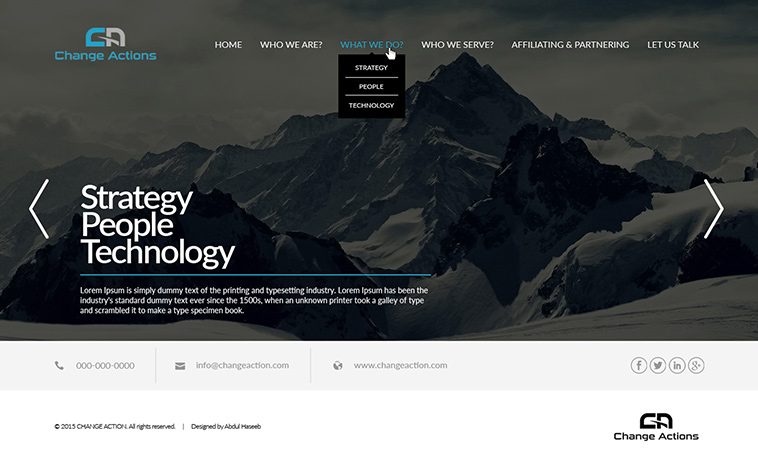
Web Design by Abdul Haseeb
Get a website
This is the place where you can tell your own story. Try free web platforms like WordPress or Squarespace – they’re great for doubling up as blogging platforms so kill two birds with one stone.
If you’re wondering why you should bother, here’s the thing. Your website is the place you own to tell the world who are you and what you do. This is the place where you can tell your story and share your unique voice so speak up.
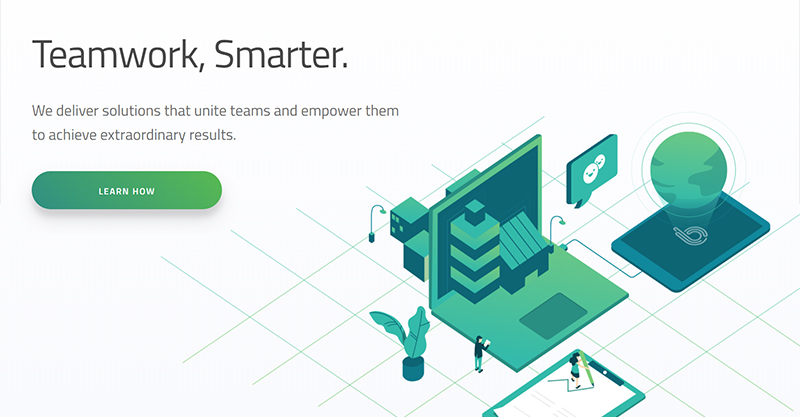
Design by Brightscout
Get active on social media
A good way to use Twitter and social media in general is to think of it as a house party. You don’t know everyone, there are many conversations happening at once in different locations on many different topics.
You wouldn’t normally walk into a conversation with a stranger without a quick introduction, and that’s exactly how you should approach social. A Twitter profile with strong visual branding and relevant links to your professional website or blog will do the heavy lifting.
Do some keyword research Twitter hashtags to find out what topics are trending in your recruitment niche. For example you could add any (not all) of these hashtags to your tweets: #JobOpening #Hiring #Recruiting in #industry (e.g. #tech) in #location (#SanDiego).
Be strategic about the topics you want to tweet about. Then create follower lists for different topics and join the conversation. When you’re just starting out, it might be easier to like and retweet posts from other users, but once you get the hang of it, start making your own posts. You can share your blog posts in updates (make sure to include the #JobsTips hashtag) or industry data on your Twitter or Facebook page.
Get ready to connect with customers and influencers, check out Will Thomson’s twitter page for an example of how an independent recruiter is using Twitter to grow his business.
Start guest blogging
The more you blog and are active on social media, the bigger your professional footprint will be and people will notice.
Start small. Be proactive and reach out to bigger, recruitment blogs and industry publishers and piggyback off their influence to build your profile. A few wins here will build your confidence and provide you with examples of articles you can pitch elsewhere.
Go global. There’s nothing stopping you writing about recruitment related topics for your local newspaper or contributing an article to content hungry global publishers like Forbes, Inc, Fast Company or Entrepreneur. Once your article is published you’ll get backlinks and lots of social media love you can leverage to win the next client or job seeker.
The podcast industry is booming and your next candidates or clients are tuning in. There are thousands of podcasts covering small business topics, job seeking in every industry going from popular podcasts like James Ellis’ The Talent Cast to Jobologues co-hosted by the exuberant Joymarie Parke and Cortney Cleveland. Just google ‘top recruitment podcasts’ or refine your search with a location and figure out how to pitch yourself as an expert in your field. Or start your own podcast!
Get out of the office
If you need to connect with hiring managers attend local meetups (check out meetup.com), industry conferences, and industry networking events are some places senior executives of a business need to consider attending and participating to get their public profile out there.
Consider getting your new brand printed on a t-shirt you can wear or tote bag you can carry to the event. You’ll feel more confident to start conversations and you have a story to share about how your got your logo and your company. Bring a spare t-shirt or two to throw in a giveaway and voila, you’re a sponsor!
If you’re blogging about hot industry topics then you’ll be in a great position to pitch yourself as a speaker and receive invites. You’ll also need professional business cards to strike when the opportunity presents itself.
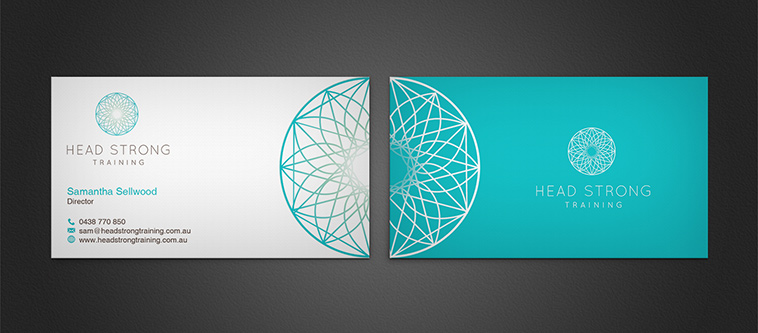
Business card design for training company By Upwork
I hope these marketing hacks have helped you think about taking the first step on your journey to building your own professional recruiter brand.




















